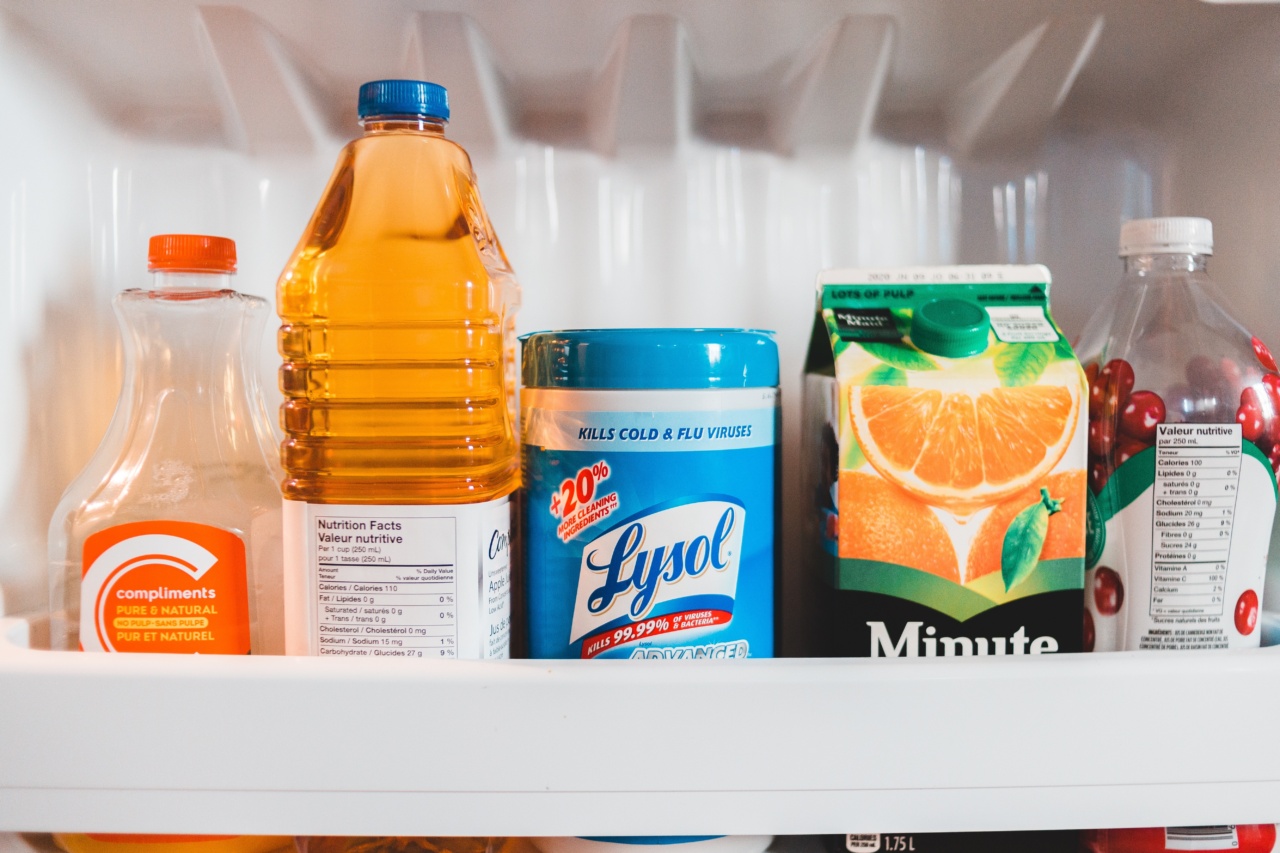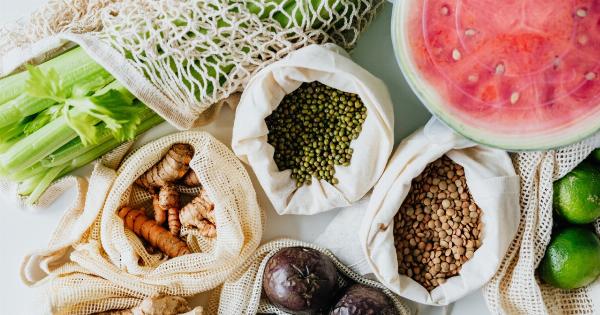When it comes to storing food, refrigeration is often the go-to method. Refrigerators help to extend the shelf life of perishable items, keeping them fresh for a longer time.
However, there are instances when food needs to be kept out of the fridge, whether due to lack of space or specific storage requirements. In such cases, understanding the shelf life of different types of food outside the fridge is essential to ensure food safety and prevent spoilage. Let’s explore the shelf life of various foods when kept out of the fridge.
Fruits and Vegetables
Fruits and vegetables are an integral part of a healthy diet, and knowing how long they can stay fresh outside the fridge is crucial.
While refrigeration helps to slow down the ripening process, certain fruits and vegetables fare well at room temperature. Here are a few examples:.
Bananas: Bananas continue to ripen after being picked, so it’s best to keep them out of the fridge once they reach the desired ripeness. They can last for up to five days when stored at room temperature.
Tomatoes: While many people keep tomatoes in the fridge, this can affect their flavor and texture. Tomatoes are best stored at room temperature and should be consumed within a week.
Onions: Onions can be stored in a cool and dry place, such as a pantry or cellar. They can last for several weeks to a few months, depending on the variety.
Potatoes: Like onions, potatoes should be stored in a cool, dark place to prevent sprouting. They can last for a few weeks outside the fridge.
Bread and Bakery Products
Bread and bakery products are staples in many households. While refrigeration can help to extend their shelf life, it can also make them stale faster. Here’s how long you can expect different types of baked goods to last outside the fridge:.
Bread: Sliced bread can last for three to five days when stored in a cool, dry place. However, if you live in a humid environment, it is advisable to keep bread in the fridge to prevent mold growth.
Cakes: Unfrosted cakes can last for two to three days at room temperature. However, once frosted, they should be refrigerated and consumed within a few days to ensure the frosting stays fresh.
Cookies: Homemade cookies can be stored in an airtight container for up to two weeks at room temperature.
Pastries: Pastries such as croissants or danishes last for two to three days outside the fridge. However, they may lose their crispness over time.
Canned Foods
Canned foods are popular for their long shelf life. They can be stored at room temperature until opened and have varying shelf lives once opened. Here are a few common examples:.
Canned Beans: Unopened cans of beans can last for several years if kept in a cool, dry place. Once opened, transfer the leftover contents to an airtight container and store them in the fridge for up to five days.
Canned Vegetables: Unopened cans of vegetables typically have a shelf life of one to two years. Once opened, store the leftovers in airtight containers in the fridge and use them within three to four days.
Canned Tuna: Unopened cans of tuna can last for up to three years in a cool, dark place. Once opened, transfer any leftovers to a covered container and refrigerate for up to two days.
Condiments and Sauces
Condiments and sauces add flavor to our meals and are often pantry staples. While some condiments require refrigeration after opening, others can be safely stored at room temperature. Here are a few examples:.
Ketchup: Commercially processed ketchup can be stored at room temperature even after opening. However, for best quality, it is recommended to refrigerate it once opened and consume within six months.
Mustard: Mustard can be stored in the pantry or fridge, depending on your preference. In either case, it can last for up to two years.
Honey: Honey has an incredibly long shelf life and doesn’t require refrigeration. It can be kept indefinitely at room temperature without spoiling.
Pantry Staples
Many staple foods are commonly stored in the pantry, adding convenience to our daily cooking. These items have longer shelf lives due to their low moisture content or natural preservatives. Here are a few pantry staples and their shelf lives:.
Rice: White rice, when stored in a cool, dry place, can last indefinitely. However, brown rice and other whole grains have a shorter shelf life of about six months to a year.
Pasta: Dried pasta can be stored in the pantry for up to two years. However, fresh pasta should be refrigerated and consumed within a few days.
Flour: All-purpose flour and other types of flour can typically last for one to two years when stored in a cool, dry place. Whole wheat flour has a shorter shelf life due to its higher oil content.
Cereal: Dry cereal can last for several months when stored in airtight containers. However, once opened, it is best to consume it within two to three months to maintain its texture and flavor.
Spices and Herbs
Spices and herbs are essential for adding flavor to our dishes. While they can be stored in the pantry, their shelf life can vary depending on the type and form:.
Dried Spices: Ground spices such as cinnamon, paprika, or cumin can last for two to three years when stored in airtight containers in a cool, dark place.
Whole Spices: Whole spices like cloves, peppercorns, or cardamom pods have a longer shelf life of three to four years due to their intact form.
Fresh Herbs: Fresh herbs like parsley, basil, or cilantro should be refrigerated and used within a few days.
However, they can be kept fresh for longer by placing the stems in a glass of water and covering them loosely with a plastic bag.
Conclusion
While refrigeration is an effective method to extend the shelf life of many foods, several items can safely be stored outside the fridge.
Fruits, vegetables, bread, bakery products, canned foods, condiments, pantry staples, spices, and herbs all have varying shelf lives at room temperature. By understanding these shelf lives, you can minimize food waste and ensure that your food remains safe and enjoyable to consume.



























